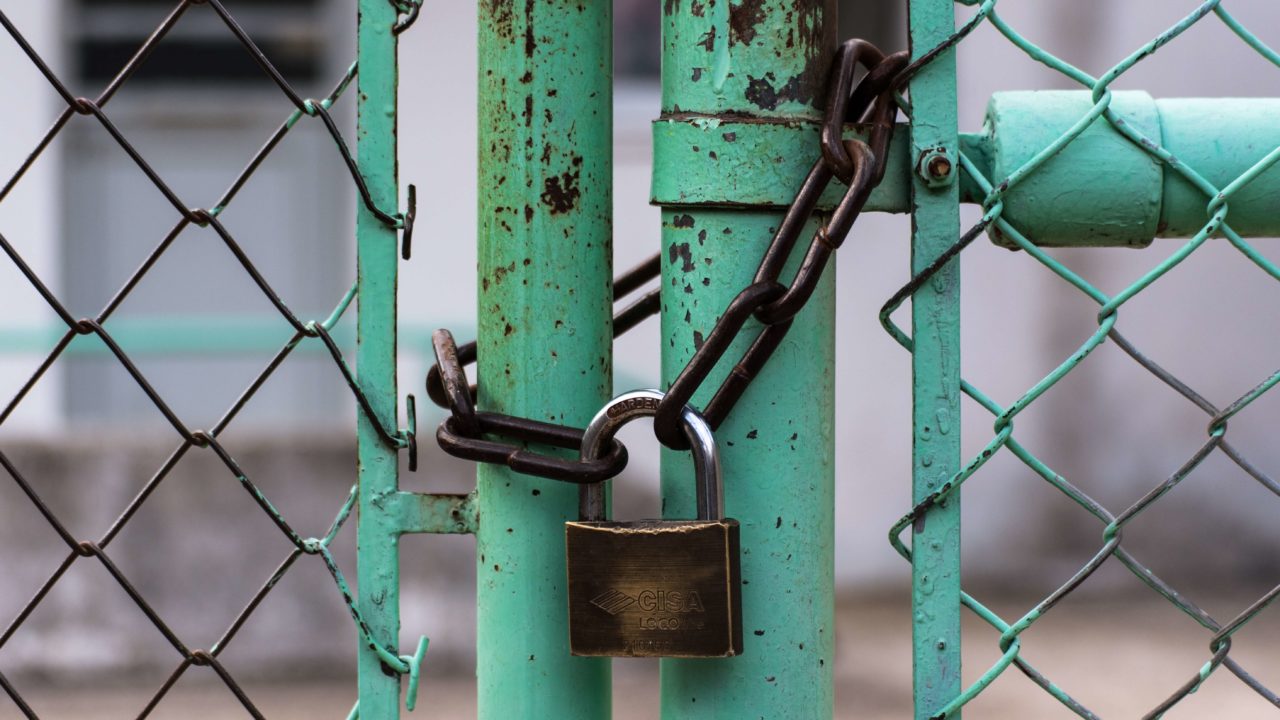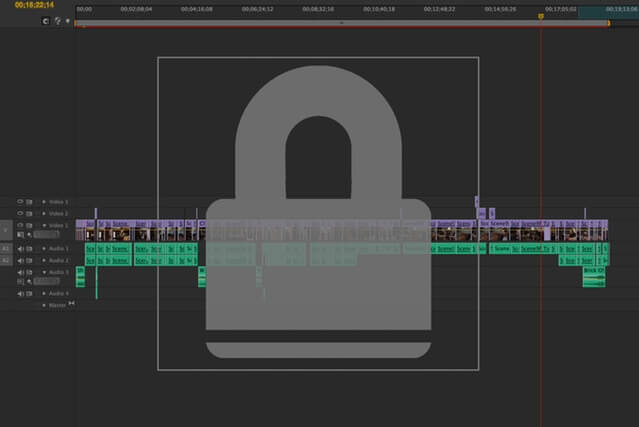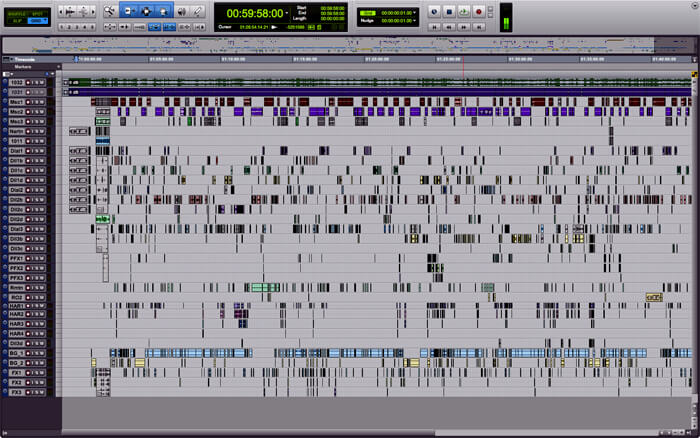What is picture lock?
The term “picture lock” is extremely important to the post-production process, and it’s even more important for filmmakers and clients to understand what it is and why it matters. Before explaining why it matters, let’s first explain what picture lock is.
Whether it’s a five minute short film, ten minute animation, or full-length feature film, your project spends a long time in editing. All the footage you filmed gets cut down, editors make changes based off your notes, and eventually the project is completely edited. It’s exciting to see it come to an end! However, the video isn’t “done” done. Besides editing, post-production also involves color grading, music composition, visual effects, as well as audio services (sound design, ADR, Foley, or mixing).
When your video is completely edited, you need to get all of your edit notes in before picture lock. If a group of people are involved in making big decisions, make sure everyone gives feedback before locking the video. This is crucial. Any edit changes after picture lock create a ripple effect that spreads to the rest of the post department. This amounts to a large amount of extra time, frustration, and money.
Picture lock is good! Picture lock is your friend. Sticking to picture lock means a smooth and cohesive process for everyone after editing. Get to picture lock and stay happy with it forever, because here is why picture lock matters…
Why does picture lock matter?
Obviously, you can make changes to your film after picture lock. However, it is not easy, it will be expensive, and there is no guarantee that it will improve the film. The process essentially opens a can of worms. Personally, I advise against changes after picture lock, but it’s not my decision.
Coming from the audio department, we can get to work on improving your film’s sound once it reaches picture lock. The video editor creates an OMF file (Open Media Framework) for us, which copies the exact layout of the hundreds and thousands of audio clips placed in their video program to our audio program. Picture lock helps keep the audio in sync with the video, which is one of the first tasks that a video editor does with new footage.
The OMF file keeps those audio clips locked in place. But changing even one single frame after picture lock means that everything needs to be resynced. We don’t have a visual of the slate for every single clip, so resyncing dialog will take an excruciating amount of time. That’s just for dialog. Every sound effect and music track has to be resynced, and most likely remixed to accommodate these changes.
We use tons of audio plugins to make everything sounds as good as possible. Some of these plugins can be copied over from track to track (to future-proof any potential amendments down the line). However, there are plenty of destructive plugins that replace an audio clip entirely. So, by making even a minor change to a video’s edit, it effectively doubles the audio team’s workload for the project. Not necessarily at square one, but it’s pretty damn close.
Learning that there are edit changes after picture lock ruins our day. We have to drop everything and wait for the new picture lock export to come in. This isn’t overly dramatic, either; it truly is frustrating and time consuming to retrace everything. Making a “bandaid” edit is actually like doing complicated surgery for everyone else.
How does picture lock affect everyone?
I went around interviewing our post-production department in the office to see why picture lock matters to them and how it affects them personally. Everyone made similar comments while also pointing out issues I hadn’t considered before.
For starters, all of our editors agree that it’s best to get in as many comments as you can in the early stages, not near the end of editing. The first round of revisions should be the most crucial. Never assume something just magically gets fixed. Address the issue sooner rather than later. The edit needs to be molded and concrete. You need to define the end goal, respect it, and stick to it.
We all juggle multiple projects at the same time. We have to schedule out our week to make deadlines. Once we wrap a project, we immediately move onto the next one. It’s almost impossible to just jump back into a project. Breaking picture lock means taking time and effort to get reacclimated with a former project. As for some of our editors, they feel responsible for these changes and hate being the bearer of bad news for color and sound.
We’re lucky to have everyone in-house. If we absolutely have to make changes, we can walk across the office and communicate what needs to happen immediately. In other situations, it takes days (or longer) to just communicate, upload, download, export, and so on. Like I said, it’s a very big process to make even small changes, and it’s completely avoidable. All you have to be is proactive.
Conclusion
We’re all aware that post-production is a long, multifaceted process. I’m sure that realizing your “fully edited” film actually needs more work is completely exhausting. I get it. I’ve seen a handful of clients and filmmakers struggle to get to picture lock due to classic overthinking. I think a part of the problem is that even if you’re at picture lock, the film still feels incomplete. And that’s because, technically, it isn’t complete!
While it’s true that color grading and sound mixing shouldn’t “complete” your film, those things add so much to bring your film together. All of these elements need to come together to bring balance to a film, and it’s easy to feel out of whack when the only progress made is in the edit.
Believe me when I tell you that it will look and sound even better after picture lock! Remember: this is not the final product. We’re just getting prepped for the final, FINAL stages. So, trust your post-team and allow us to work in the smoothest way possible. Remember, picture lock is your friend!




10 Responses
whoah this weblog is wonderful i love studying your posts.
Keep up the great work! You already know, many persons are looking around for this information, you could
aid them greatly.
You made some decent points there. I looked on the internet for the issue and
found most persons will consent with your blog.
You completely failed to actually define what picture is. Re-read that section and see how nowhere does it say, “Picture lock is…”
Very comprehensive writing. It starts slowly but after a certain time, you are bound to put yourselves in. I will certainly dig it and personally suggest to my friends. I’m sure they’ll be benefited from this website.
Thank you for explaination the important point ,I just wrap the project looks fail to lock the picure ,that make us redo the layout back and forth .so could I translate the article to chinese explain to more people as well .that will be great help. Thannnnnnnk you
A fascinating discussion is definitely worth comment.
I do think that you should publish more on this subject matter, it might not
be a taboo subject but generally people do not discuss such topics.
To the next! Cheers!!
Wonderful content, keep up the good work!
Thanks for this. I’ve always talked “Picture Lock,” but this, from the Audio perspective, helps to reinforce that good film involves so many elements, and “The Lock” is an important touchstone for the entire team. Well written!
Sorry for my ignorance but I have read the above article and don’t fully understand the term ‘Picture Lock’ . I recently visited a local entertainment and arts centre which was showing a major feature film (The Lost King) only to be informed 5 minutes before the start time that the film could not be shown that night due to problems with unlocking?? Can anyone enlighten me as to what the problem might have been and why it could not be remedied ?? Needless to say, that whilst the box office agreed to refund tickets, the evening was spoilt for myself and the rest of the audience with no alternative films on offer. Andy